In response to the coronavirus outbreak, people across the globe are being asked to work from home where possible in order to limit personal contact and reduce the further spread of the infection.
As of Monday 16 March, the majority of staff and contractors working at ESA mission control began doing just this.
But what implications does this have for the daily work being done to protect space missions from colliding with each other, or orbiting remnants of space debris?
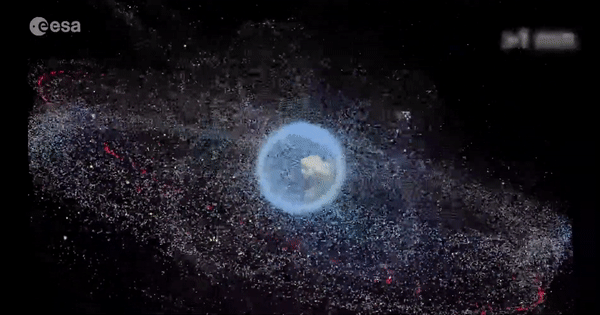
Our planet is now surrounded by thousands of fragments of space junk – defunct satellites or fragments created in previous collisions and explosions.
Satellites in Earth orbit, flying in relatively busy space highways, must be continually protected from hazardous space debris.
On average, ESA performs two collision avoidance manoeuvres per year for each Earth mission it flies. Such manoeuvres divert spacecraft into a safe orbit, ensuring they do not collide with functioning or non-functioning satellites or debris.

Throughout the coronavirus outbreak, work to protect Europe’s space missions will continue.
“We consider the continued monitoring of any potential collisions, and performing manoeuvres to avoid these, one of our highest priorities,” explains Holger Krag, Head of Space Safety.
“We will be able to protect our spacecraft from collisions remotely, even in any much degraded situation with a minimum of personnel and equipment present on site.”
Fortunately, minimising the number of people on site doesn’t mean minimising operations. Close approaches between spacecraft and debris will continue being monitored, and if action is required, those that are needed are ready to come in.
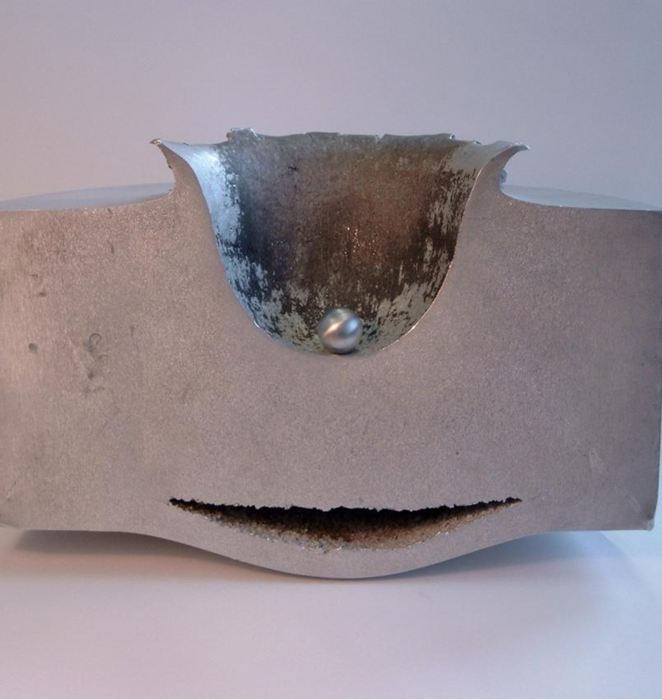
What is a collision avoidance manoeuvre?
When a satellite looks like it will come too close for comfort with another object, either another functioning spacecraft or space debris, mission teams send the commands to get it out of the way.
For a typical satellite in low-Earth orbit, hundreds of alerts are issued every week. For most, the risk of collision decreases as the week goes by and more information is gathered about the orbits of the objects in question.
For the situations that remain risky, hours are spent analysing the distance between the two objects, their likely positions in the future, uncertainties in observations and therefore in calculations and ultimately the probability of collision.
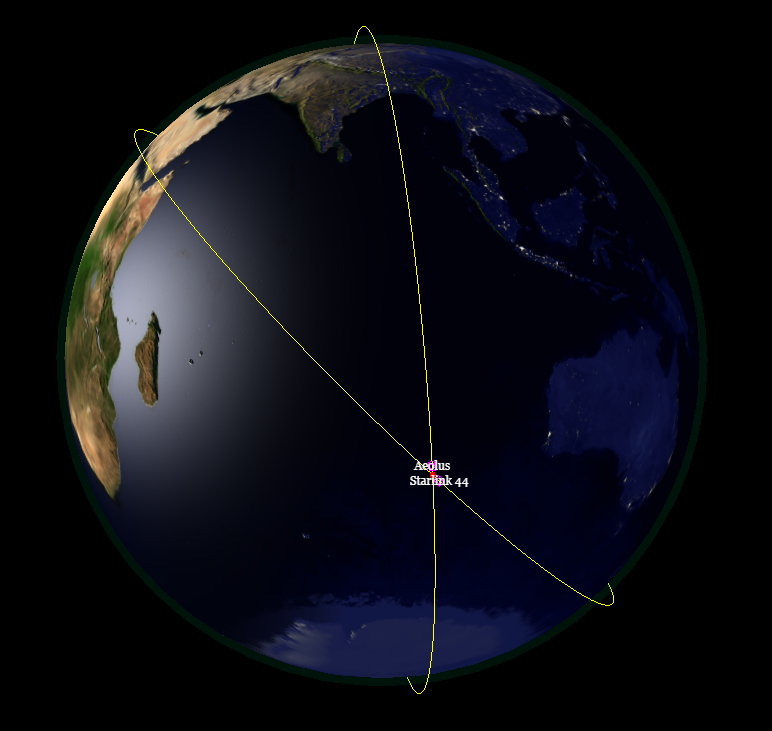
If the probability is greater than typically 1 in 10,000, the work of various teams is needed to prepare a collision avoidance manoeuvre and upload the commands to the satellite.
The manoeuvre must be verified to ensure it will have the expected effect, and doesn’t for example bring the spacecraft closer to the object or even in harm’s way of another object.
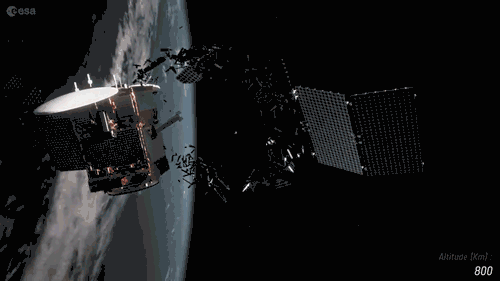
As more and more satellites are being launched into Earth orbit, we will soon have more active satellites in orbit than have been launched before in the history of spaceflight.
Read more about past examples of collision avoidance:
- ESA spacecraft dodges large constellation
- Satellite studying Earth’s diminishing ice swerves to avoid collision
- ESA teams respond to threat to SWARM mission
Automating collision avoidance
ESA is developing a collision avoidance system that will automatically assess the risk and likelihood of in-space collisions, improve the decision making process on whether or not a manoeuvre is needed, and may even send the orders to at-risk satellites to get out of the way.
As these intelligent systems gather more data and experience, they will get better and better at predicting how risky situations evolve, meaning errors in decision making would fall as well as the cost of operations.
Find out more, here.
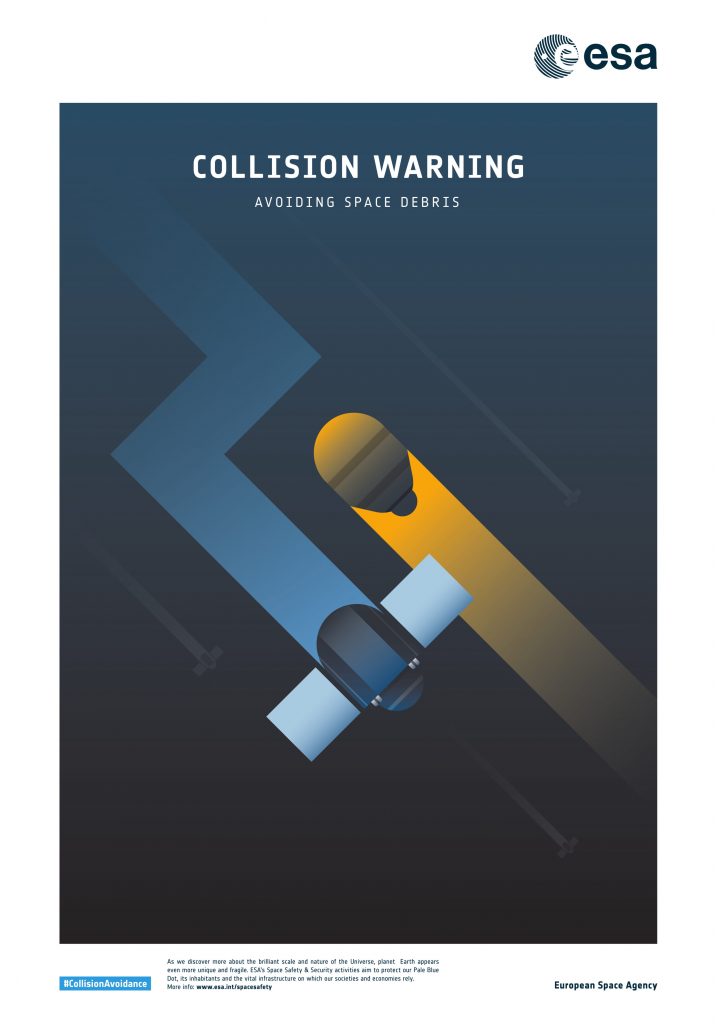
*Editor’s note: since this post was published, Mars Express was put into ‘safe standby’ along with fellow deep space missions Mars Trace Gas Orbiter, Solar Orbiter and Cluster. In response to the escalating coronavirus pandemic, science instruments were turned off for each of the missions, reducing the number of personnel needed on site even further. Find out more

Discussion: 4 comments
Molto importante la sicurezza dello e nello spazio, certo….ma in questo drammatico momento, davvero vale la pena rischiare o sacrificare la vita di quel gruppo di persone che continua a lavorarci fisicamente? Anche voi, sagge ed importanti persone, non comprendete la piccola frase “state a casa”? La perdita in termini monetari sarebbe grande, è vero, ma quanto vale anche una sola vita umana?
Non sono in Italia e non corrono nessun particolare rischio visto che vi rimane il minimo indispensabile e si rispettano i protocolli di sicurezza.
Sembra che la quarantena e/o l’epidemia stessa abbia dato un po’ alla testa ad alcune persone che si sentono in diritto o dovere di dire alle altre persone cosa e come devono fare pur non sapendo come e cosa fanno. Il personale non è assolutamente in pericolo di vita, ne parla come se andassero a fare la roulette russa…
Caro Signor Stefano,
premesso che i miei toni erano molto più gentili dei suoi e che non c’è bisogno di attaccare chi esprime pareri diversi dai suoi, il fatto che non siano in Italia non impedisce che possano essere contagiati, la tecnologia permette di svolgere una gran parte del lavoro da remoto, quindi mi sembra possa essere il caso di non rischiare inutilmente vite umane.
Per quanto riguarda il perdere la testa durante una quarantena, le consiglio nel prossimo week-end una gita fuori porta, dalle parti di Bergamo.
Buona giornata!
Questa è una sua opinione, a me è suonata un po’ come quei zelanti cittadini che hanno pensato di tirare una secchiata d’acqua e urlare di tornare a casa ad una signora che passava sotto casa non preoccupandosi del fatto che potesse avere delle valide ragioni, come infatti è lavorare in farmacia o come i condomini del palazzo che hanno fatto trovare alla dottoressa che tornava dopo il solito estenuante turno in ospedale un bel volantino dove gli si ricordava (con un tono simile al suo)
di ricordarsi di lavarsi le mani e indossare la mascherina perché li ci vivono delle persone.
Ignorando il contenuto dell’articolo dove è riportato che stanno già lavorando con il minimo personale necessario e pur non sapendo come, dove e perché lavorano lei gli ha scritto questo: “Anche voi, sagge ed importanti persone, non comprendete la piccola frase “state a casa”?” secondo lei tutte le persone sul pianeta dovrebbero stare a casa perché lo deve fare lei? non credo lei conosca problemi e implicazioni di un eventuale collisione tra satelliti, le ricordo che ci sono persone che ci vivono nello spazio, sono vite umane anche quelle.
Non tutte le zone si trovano nella stessa situazione, anche a Bergamo dove stanno perdendo un intera generazione, allevatori e agricoltori, farmacisti e addetti a servizi vari continuano a lavorare, ci sono volontari che attraversano la città portando spesa e medicinali proprio a quella generazione più fragile e perfino gente che porta a spasso il cane.
Che il problema sia tragico non toglie che vada affrontato in maniera razionale e ponderata, è inutile concentrarsi su situazioni irrilevanti e il panico non ha mai aiutato nessuno, contribuisce solo a creare ulteriori problemi.